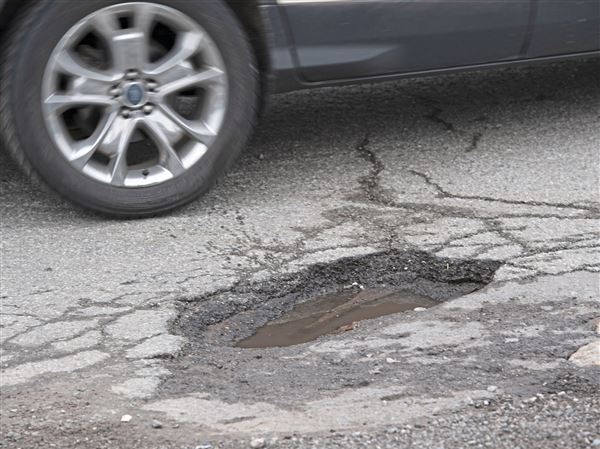Allegheny County and federal authorities have begun an enforcement action against U.S. Steel’s Edgar Thomson Works for multiple violations of air pollution laws, a reminder that Pittsburgh still has one foot in the industrial age. That heritage should be held close for various reasons, and the mill jobs still here are highly valued. But today’s steelmakers must embrace Pittsburgh’s push for livability, sustainability and wellness. Polluters must clean up their acts, and regulators must hold their feet to the fire.
Bike lanes, riverfront trails and green infrastructure show how Pittsburgh has merged economic progress with current thinking about better living. Mayor Bill Peduto has championed these things but also gone further, adopting a national profile in the fight against climate change.
All of that must ring hollow to Monongahela Valley residents who long have complained about pollution from Edgar Thomson and other riverfront mills that are outside the city but foul a large area with their emissions. It often seems that residents have been left to fight for themselves, despite research showing that children who live near Edgar Thomson and other local mills have high rates of asthma and that toxic air currents contribute to other health problems.
Residents have urged the Allegheny County Health Department to demand a tougher line on polluters. They have sued U.S. Steel. Homeowners and environmentalists have written letters to the editor and op-ed pieces outlining their concerns. Some residents have installed air-quality monitors in their homes as part of an effort, led by Carnegie Mellon University and the startup SenSevere, to compile hyperlocal data about air pollution.
Polluters must come to see the error of their ways, if necessary by the public reminding them that they are undermining the image of the new Pittsburgh and sabotaging their neighbors’ efforts to move the region ahead. Pittsburgh is one of 238 cities vying to host Amazon’s second headquarters. While Pittsburgh has a lot to offer, the progressive online retailer would have to be concerned about investing billions of dollars in an area where its employees would be exposed to a mill’s bad odors and harmful air.
That kind of investment is exactly what is at stake here. Unfortunately, there was little hint of regret from U.S. Steel about the enforcement action by the county health department and the U.S. Environmental Protection Agency, with a spokeswoman saying only that the company will work with regulators “to resolve any issues.”
U.S. Steel chairman David S. Sutherland and the company’s board of directors should be deeply embarrassed by the alleged violations and the company’s lame response. Regulators said they observed multiple illegal emissions from multiple points in the mill dating to February 2016. In some cases, maintenance issues were to blame and, in others, the culprit was pure sloppiness. Twice, regulators said, pollution occurred when maintenance workers left a door open. A county investigator also noted that the company failed to take adequate precautions to tamp down the dust emanating from dirt roads on the mill site.
On its website, the company says environmental stewardship is a core value and that it has worked with other manufacturers, such as the auto industry, to develop environmentally friendlier products. But according to the health department and EPA, the company, headquartered Downtown, is falling short in its own backyard.
Regulators must be careful not to fall short, too.
The health department said its joint action with the EPA reflected a “strategic change” in enforcement efforts, and the agency should bring as much innovation and as many tools as possible to pollution control. But in the past, residents and environmental groups have complained about inadequate enforcement and settlements that resulted in little, if any, change. That cannot continue. Steep fines and public censure, beginning with the current enforcement action, will goad polluters into becoming good neighbors.
First Published: November 19, 2017, 5:00 a.m.















